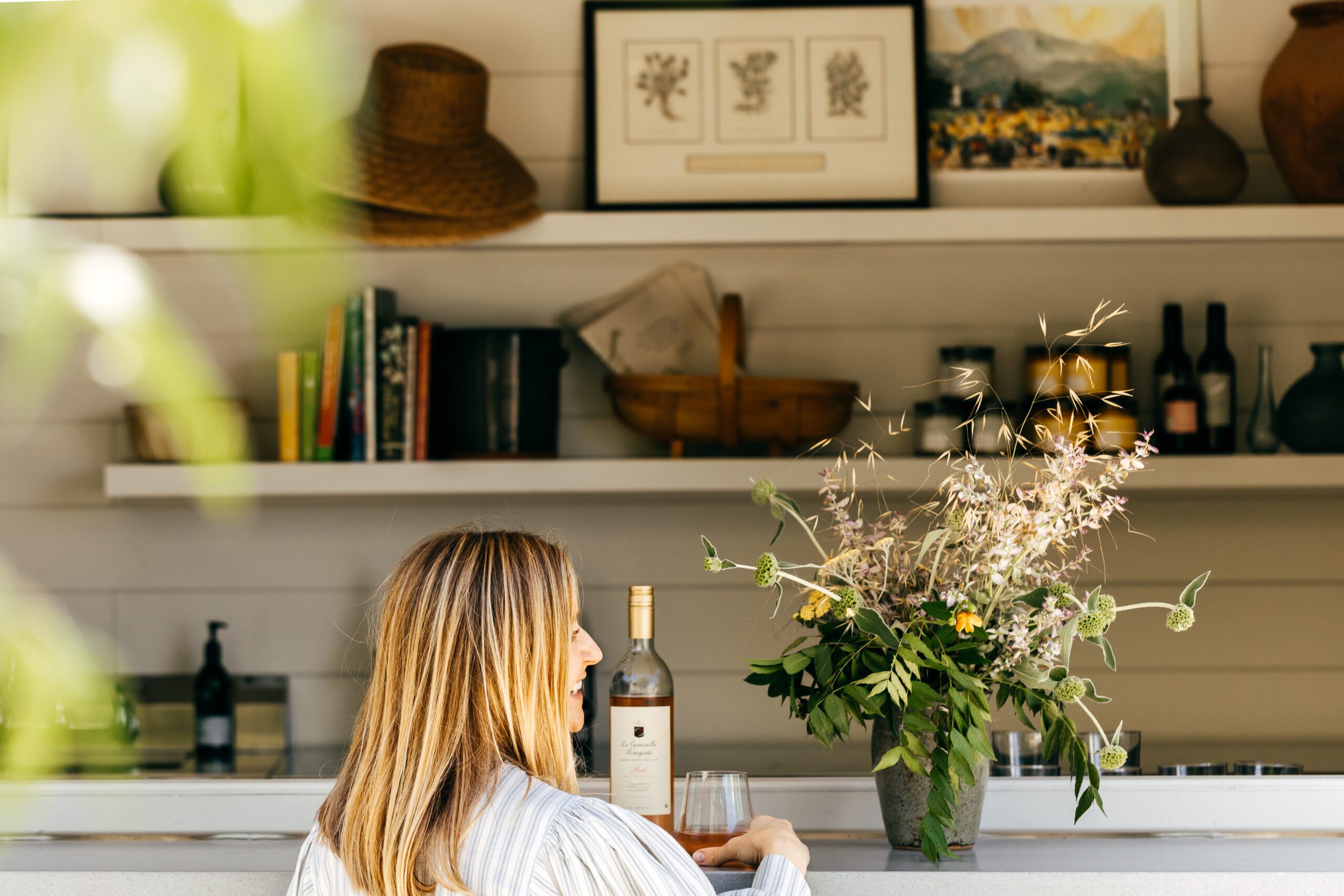La Grenouille Rouganté

Ever since we began making our Provençal-style rosé, La Grenouille Rouganté (The Blushing Frog)—and yes, we know that “Rouganté” isn’t a real word, that’s the joke—we have found inspiration in old-vine, heritage varieties. For many years the wine was produced solely from a small postwar-era block of stately Valdiguié vines at the Rossi vineyard that we couldn’t bear to rip out. As more and more of the Valdiguié went into our Heritage Blend, starting in 2015 we began to source Carignane grapes from the Ricetti Vineyard in Redwood Valley. These dry-farmed vines, planted in 1942, have been the basis for the rosé since that time.
Multiple elevated heat events in the early part of the harvest period challenged the freshness of the Carignane in 2024. Fortunately, our long-term relationship with Tom and Pam Ricetti enables us to pick very selectively from the vineyard, ensuring that the grapes were picked in perfect condition. Tom and Pam are true originals, and I’m happy to call them friends. Organically-certified, dry-farmed and meticulously cared-for over their 70-year history, these stately vines sit at about 800 feet of elevation on the gravelly eastern bench of Redwood Valley; great drainage, high elevation and an ideal climate combine to make this site ideal for Carignane (or, as they pronounce it in Redwood Valley, “Kerrigan”—don’t tell the French).
High in acid, color, and tannin, Carignane requires a deft touch in the cellar to bring out its best qualities. Back when we made rosé from the Valdiguié, we referred to our process as “two-beer” rosé—the grapes were left on the skins for about an hour, long enough to enjoy two beers at one’s leisure. With the intensity of color from Carignane, it’s now more of a “shotgun-a-beer” rosé—we begin pressing the grapes as soon as they enter the press, and that’s all that’s required to give the wine its beautiful color.
sales support materials
Click to expand for answer
